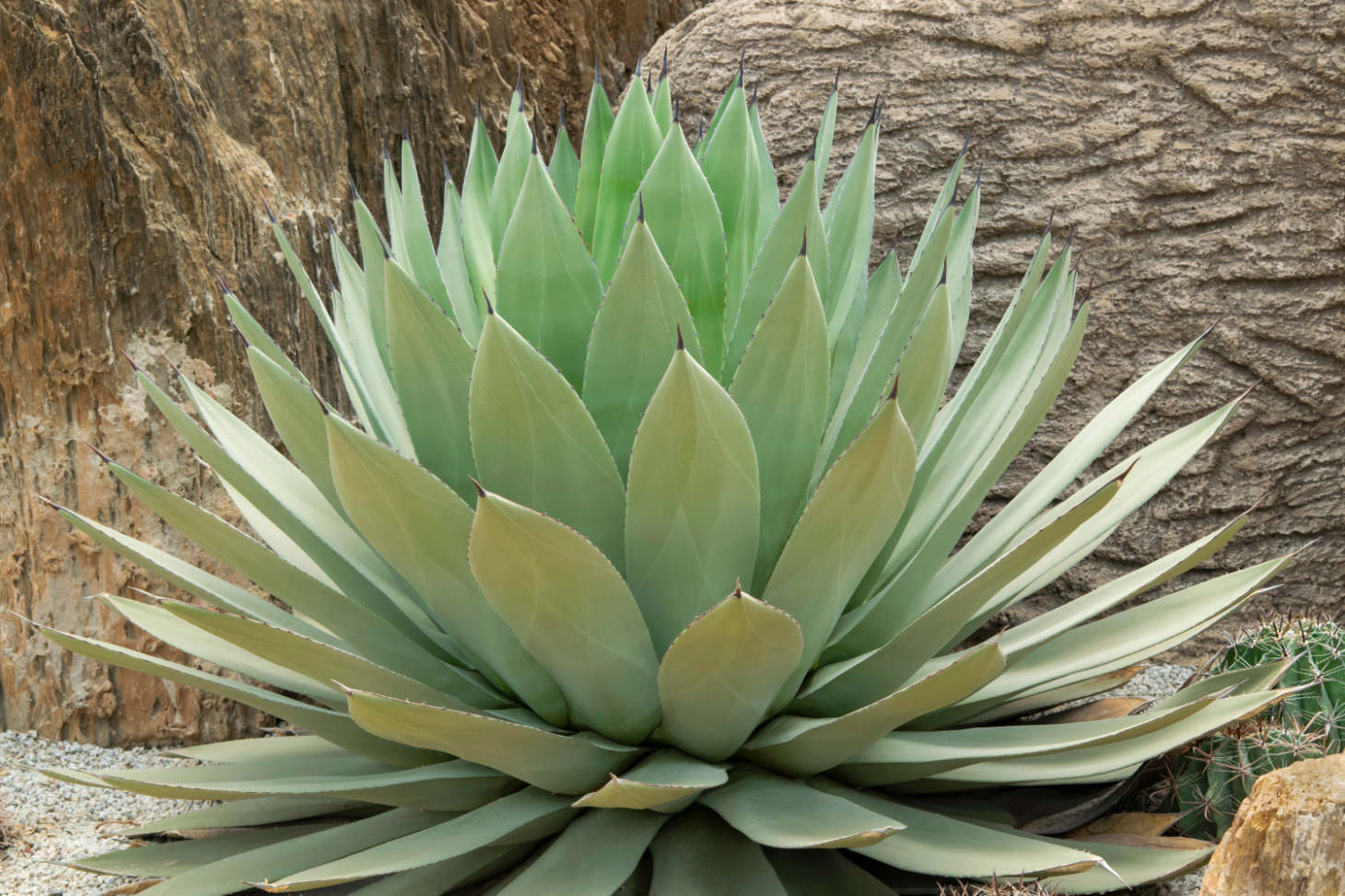What Is Agave Used For?
Agave is a plant that offers much more than just the tequila you might know it for. Agave is used in food, drinks, medicine, cosmetics, and even as a natural sweetener. Its syrup is popular as a substitute for honey or sugar, and you might have seen it poured on pancakes or mixed into cocktails for its mild flavor.
Beyond the kitchen, agave shows up in cleaning products, fuels, and skincare items. Some people also use agave for home remedies and traditional medicines. If you’re curious about how this unique plant fits into your daily life, there’s a lot worth exploring.
Key Takeaways
- Agave is a versatile plant used in many areas.
- You can find agave in foods, drinks, and products in your home.
- Agave pairs well with simple flavors and creative recipes.
What Is Agave?
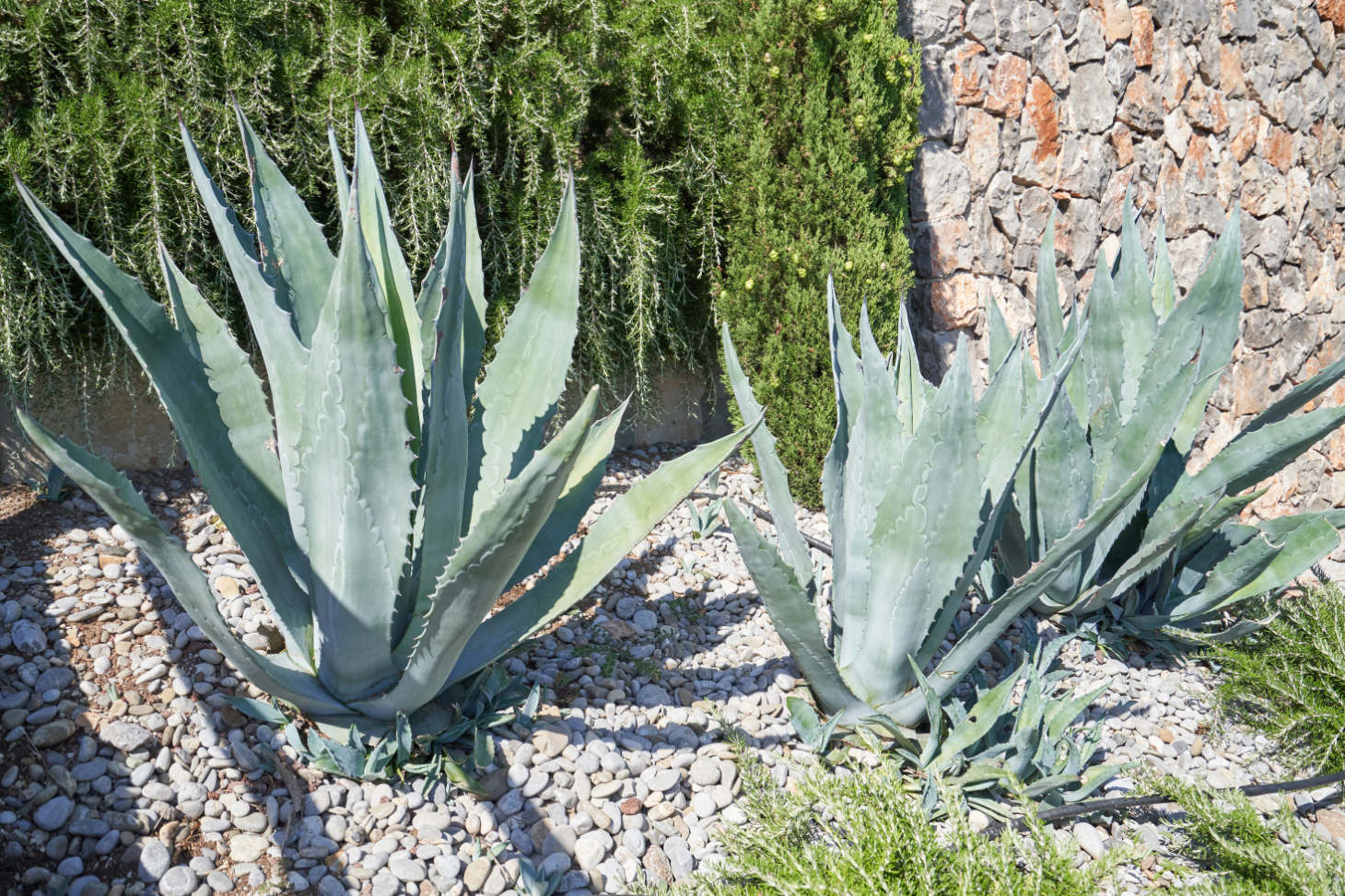
Agave is a group of succulent plants known for their thick, spiky leaves and ability to thrive in dry regions. You may recognize agave as the source of both natural sweeteners and traditional Mexican spirits, like tequila.
Origins and Botanical Classification
Agave plants come from hot, arid parts of the Americas, especially southern Mexico. These plants have adapted to survive in tough environments by storing water in their fleshy leaves.
Agave belongs to the Asparagaceae family, making it a relative of both asparagus and other succulents. One of the main species, Agave tequilana, commonly called blue agave, is famous for its use in tequila production.
There are over 200 species of agave, but only a handful are used for food or drink. Agave is sometimes called “maguey,” especially in Mexico.
Primary Types of Agave
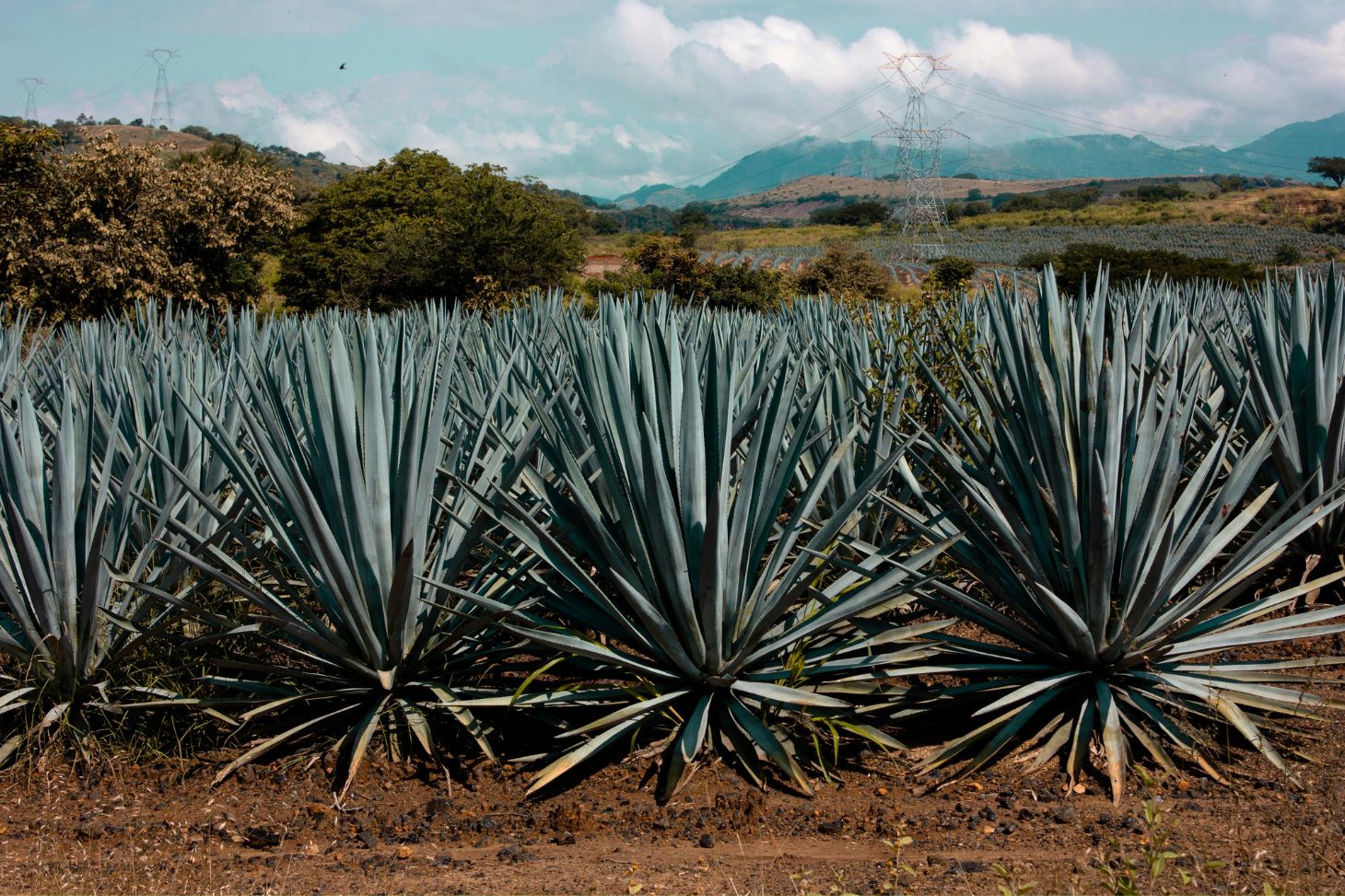
The most widely known type is blue agave (Agave tequilana), the only variety allowed for tequila production under Mexican law. Blue agave is grown mostly in the state of Jalisco and nearby regions.
Other types include agave americana, century plant, and agave salmiana. These are used for making mezcal, pulque, or agave syrup (also called agave nectar).
Most edible agave types have a large, central core called the “piña.” This is where most of the sugars are stored, and it is what gets harvested for sweetener or spirits.
Nutritional Profile and Characteristics
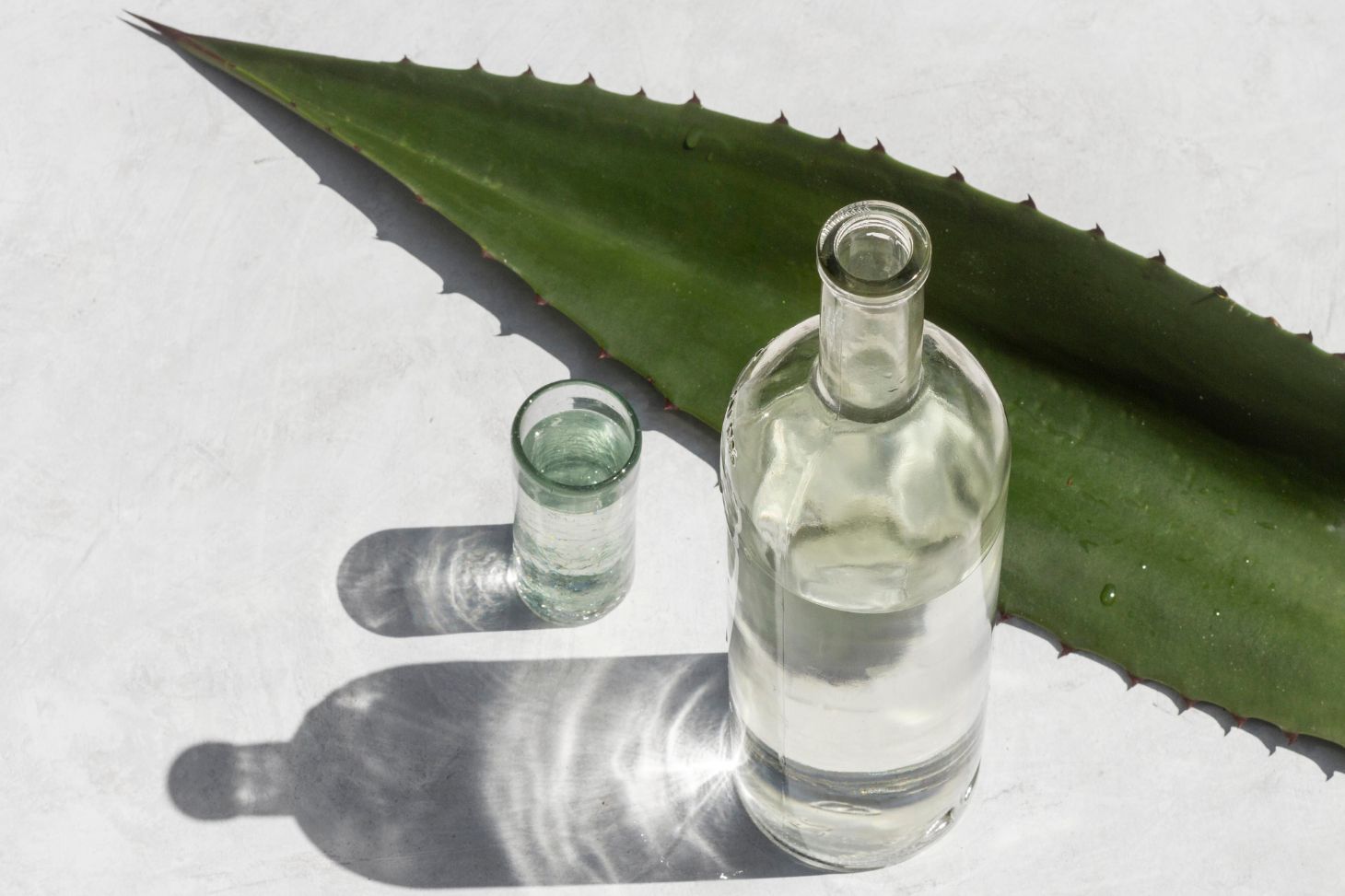
Agave nectar is a popular sweetener because it dissolves well in drinks and has a mild flavor. It is mostly made up of fructose, which gives it a lower glycemic index than table sugar, but it is still high in calories.
You will also find agave inulin in some foods, a type of fiber that comes from the plant’s sap. Whole agave plants do not have much protein or fat, but they do offer some traces of vitamins, minerals, and fiber.
Agave nectar, syrup, and inulin are the main food products made from this plant, besides its famous use in tequila and mezcal.
Culinary and Beverage Uses of Agave
Agave is valued for its versatility in both sweet and savory recipes. You will find it used as a staple in kitchens, bakeries, and bars for its sweetening properties, smooth texture, and mild flavor.
Agave Nectar as a Natural Sweetener

Agave nectar, sometimes called blue agave nectar, is a popular liquid sweetener. You can use it in place of sugar or honey, especially if you are looking for a vegan, vegetarian, or gluten-free option. Agave nectar is often praised for its low glycemic index, which means it may not spike your blood sugar as quickly as standard cane sugar.
Many people choose agave when they want a mild, neutral taste that does not overpower other ingredients. You can drizzle it on top of fruit, yogurt, oatmeal, or pancakes. It works well for sweetening hot or cold drinks and is simple to measure and dissolve.
Agave in Baking and Desserts

Agave nectar is widely used as a sugar alternative in baking. You can add it to recipes for cookies, cakes, muffins, and other baked goods. It blends smoothly with other ingredients, so you get an even sweetness throughout your desserts without the graininess that some sugars leave behind.
Because agave is sweeter than sugar, you may need less of it. When substituting it in recipes, reduce other liquids, as agave adds moisture. Agave works in both traditional and special diets, and it is considered kosher, vegan, and gluten-free. Its neutral flavor allows the natural tastes of your dessert ingredients to shine.
Role in Cocktails and Cold Beverages
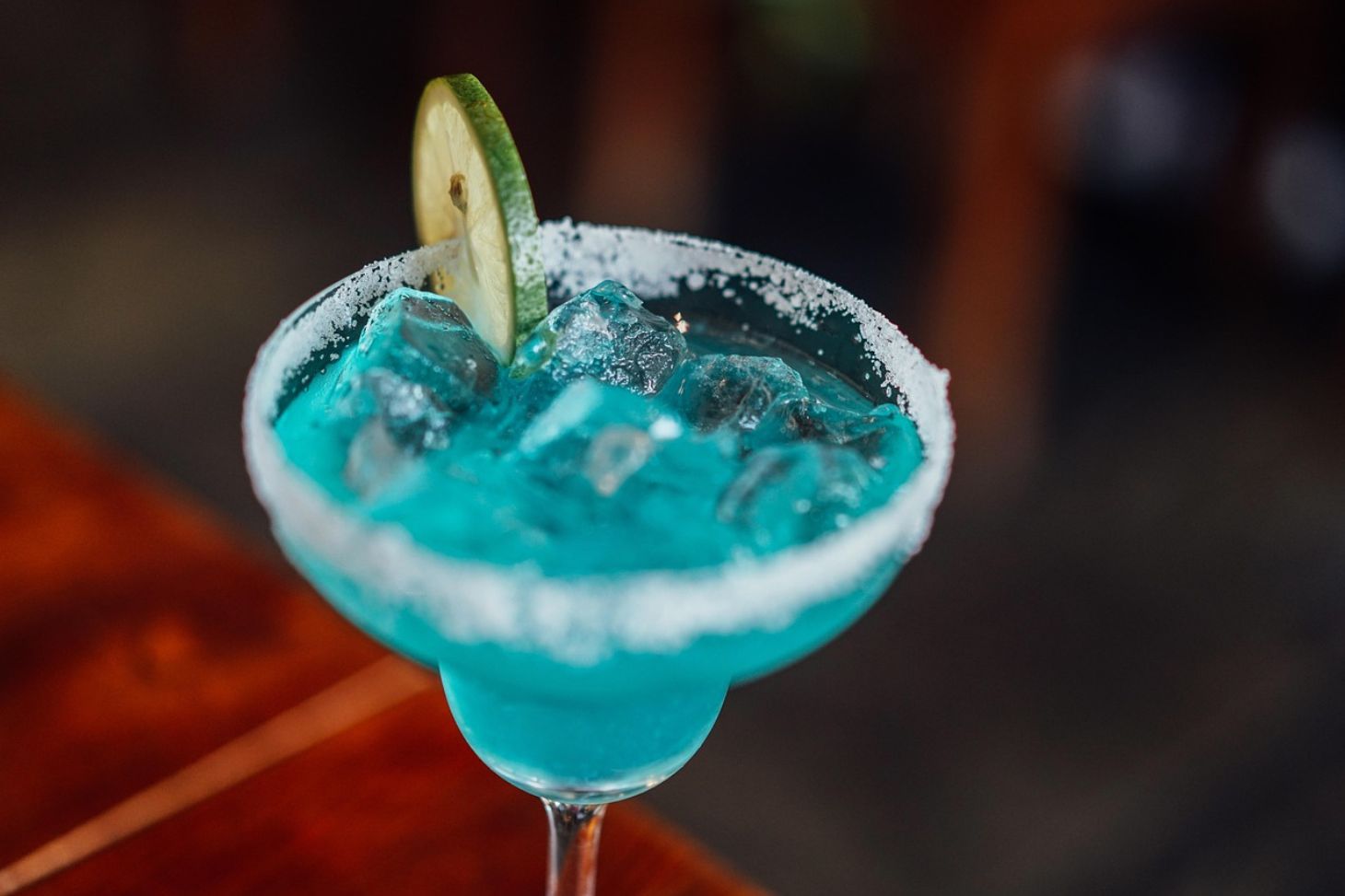
In cocktails and cold beverages, agave nectar has become a preferred sweetener for many mixologists. It mixes quickly into both alcoholic and non-alcoholic drinks without leaving crystals or grainy residue. You might notice it in recipes for margaritas, mojitos, teas, lemonades, and cold coffees.
Bartenders appreciate that agave nectar dissolves well, even in cold liquids. Blue agave is often chosen for high-quality cocktails because of its smooth, clean taste. If you enjoy making drinks at home, you can use agave to balance sour or bitter flavors, giving your beverages a pleasant sweetness without overpowering them.
Non-Culinary Applications of Agave
Agave is used for more than just food and drinks. Its strong fibers and natural properties make it useful for making rope, cloth, and other traditional items.
Use in Rope and Cloth Production
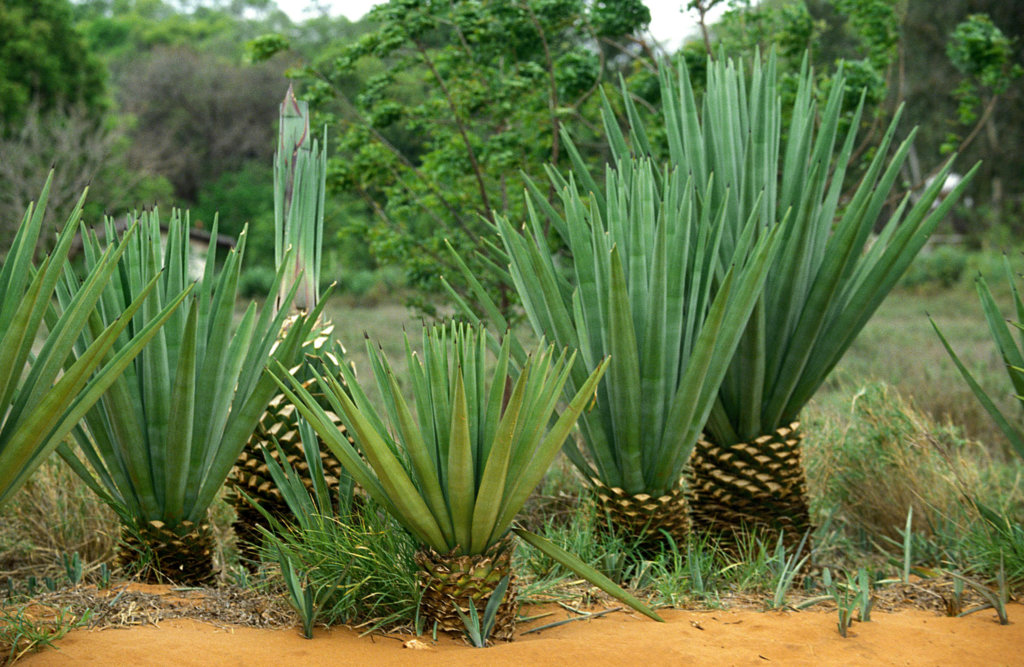
You can find agave fibers used to make strong ropes and twines. The most well-known type is sisal, which comes from the Agave sisalana plant. These fibers are tough, durable, and resist decay, making them great for outdoor use.
Sisal ropes and cords are often used on ships, in gardening, and for various crafts. The fibers are also woven to make mats, bags, and even carpets. Because the fibers are plant-based, agave products are considered biodegradable, but not all are certified organic.
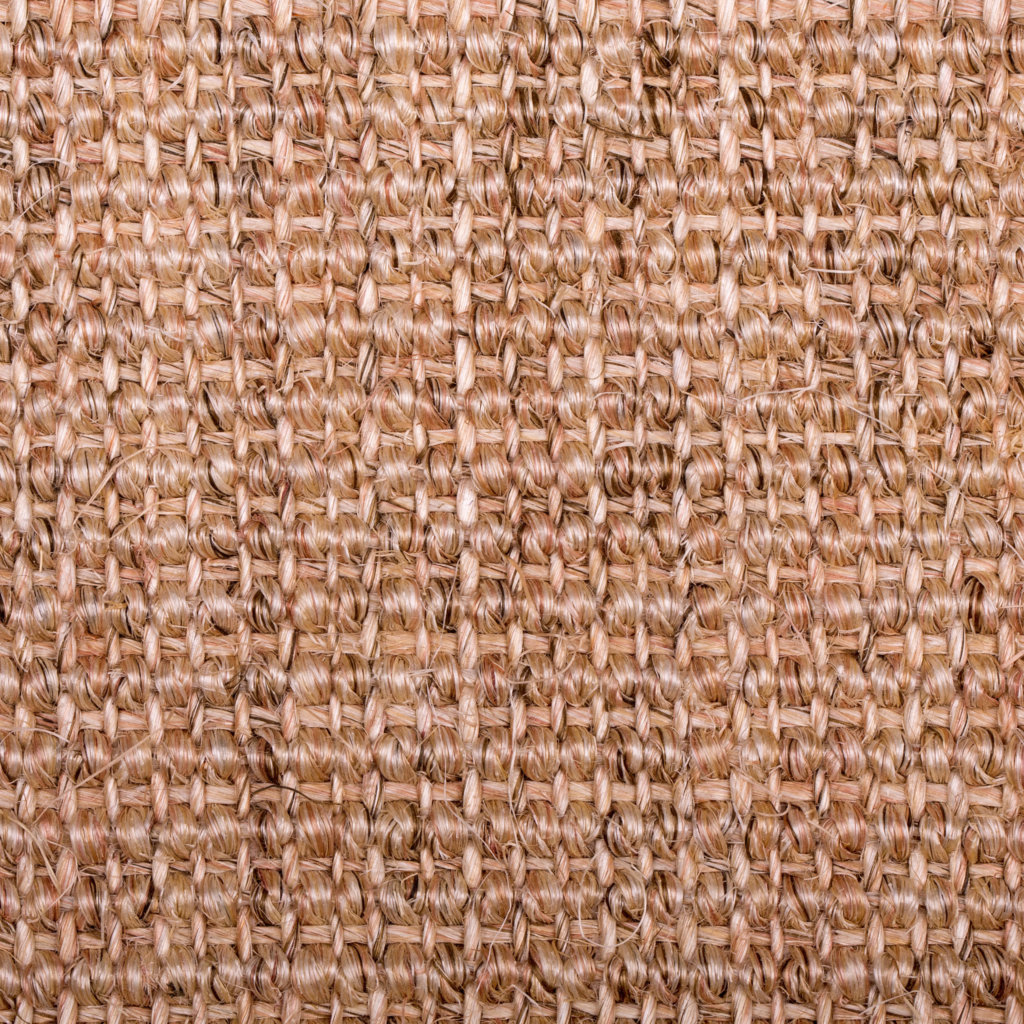
In regions like Mexico and Central America, agave fiber has been used for clothing and textiles for hundreds of years. Artisans may still make hand-woven items using these traditional techniques.
Other Industrial and Traditional Uses
Besides making rope and cloth, agave fibers serve other purposes. Some brushes and scrubbers use thick agave bristles. These are tough enough for cleaning but gentle compared to synthetic options.
Agave fibers have also been used in making paper. In some areas, the leaves are pulped and processed into paper with a unique texture. Traditional uses include making nets for fishing and carrying items.
You may also find agave as an ingredient in biodegradable composites for packaging or consumer goods. Its flexibility and strength make it a valuable resource for both traditional crafts and modern manufacturing.
Flavor Pairings and Recipe Inspiration
Agave syrup blends smoothly into both sweet and savory dishes because of its light flavor and high fructose content. You can find ways to highlight its natural sweetness when you mix it with fruits, herbs, and common baking staples.
Agave Pairings with Fruits and Herbs
Agave pairs especially well with tropical fruits like mango and pineapple. Slice these fruits and drizzle agave syrup on top for a naturally sweet snack or breakfast.
You can also mix agave with apples or cherries for simple desserts or baked goods. For a twist, try combining agave with prickly pear in salads or drinks.
Herbs add a unique layer of flavor. Add a few drops of agave with freshly grated ginger for sauces or stir-fries. Lavender and rose can also be blended with agave to make floral teas or syrups.
Creative Ways to Use Agave in the Kitchen
Agave can replace sugar or honey in recipes. Use it to sweeten tea or coffee for a mild and fast-dissolving alternative.
Bake muffins or cookies using agave instead of granulated sugar to keep them moist. Try using it as a topping for pancakes or oatmeal for a simple finish.
For savory ideas, blend agave with lime juice and olive oil to create dressings or marinades. Mix it into sauces with a bit of ginger for a sweet-spicy glaze. Agave also works well in cocktails like margaritas or palomas, balancing out sour and bitter flavors without overpowering them.

